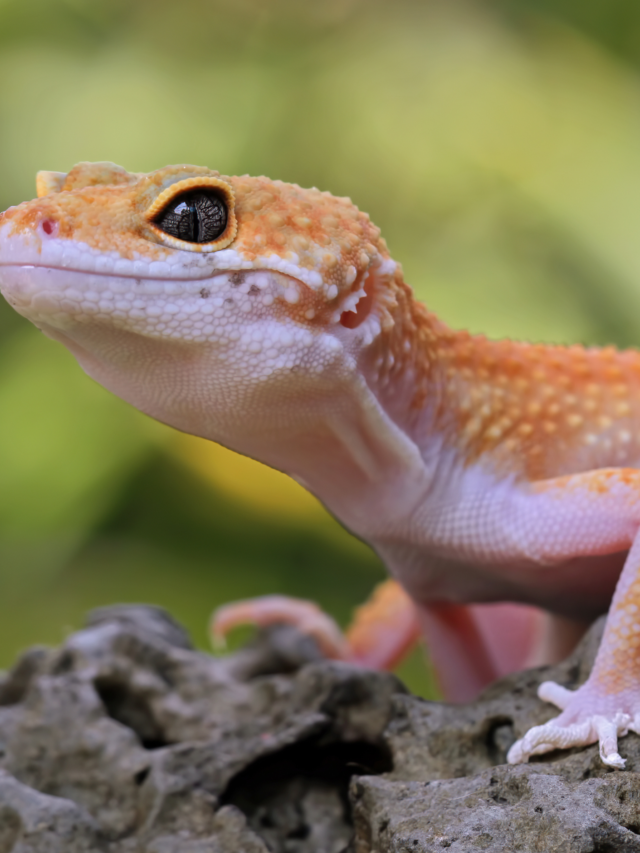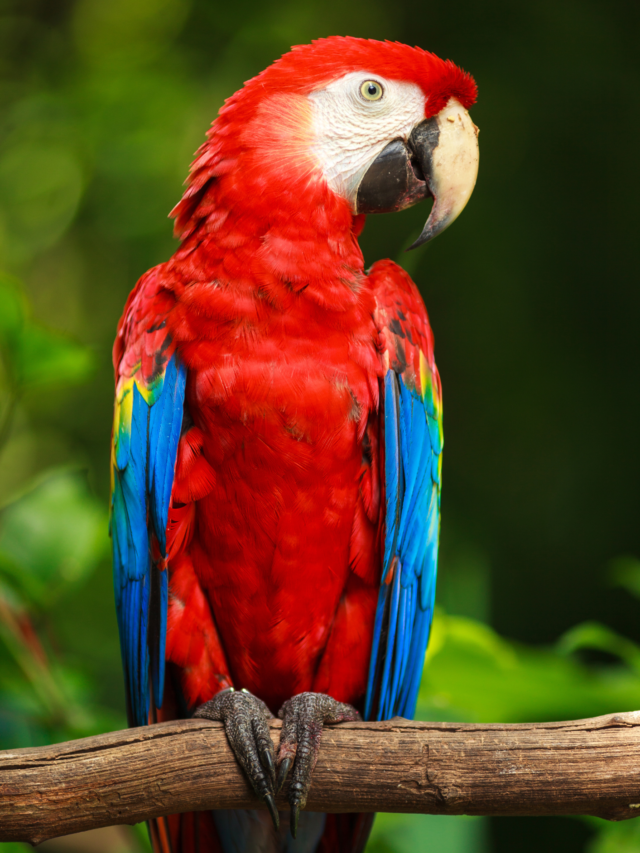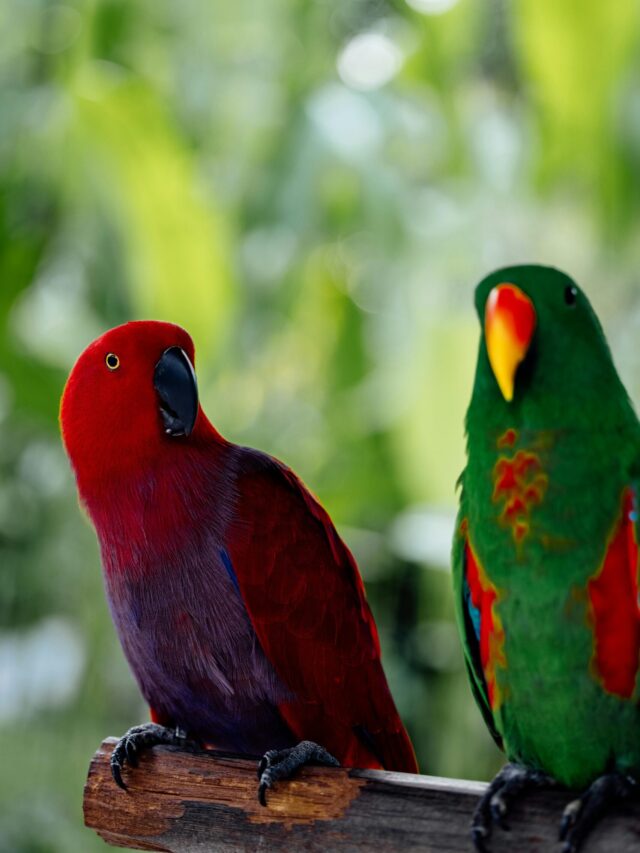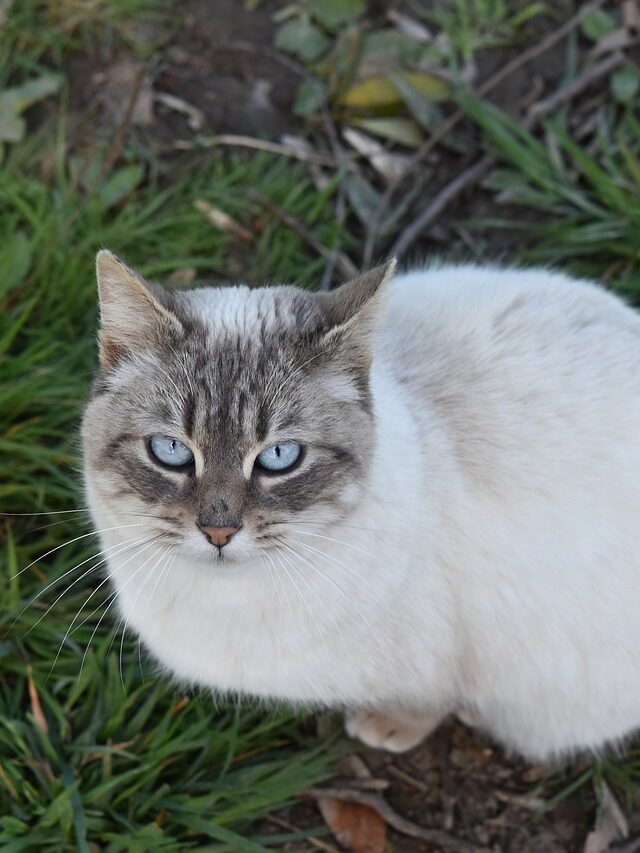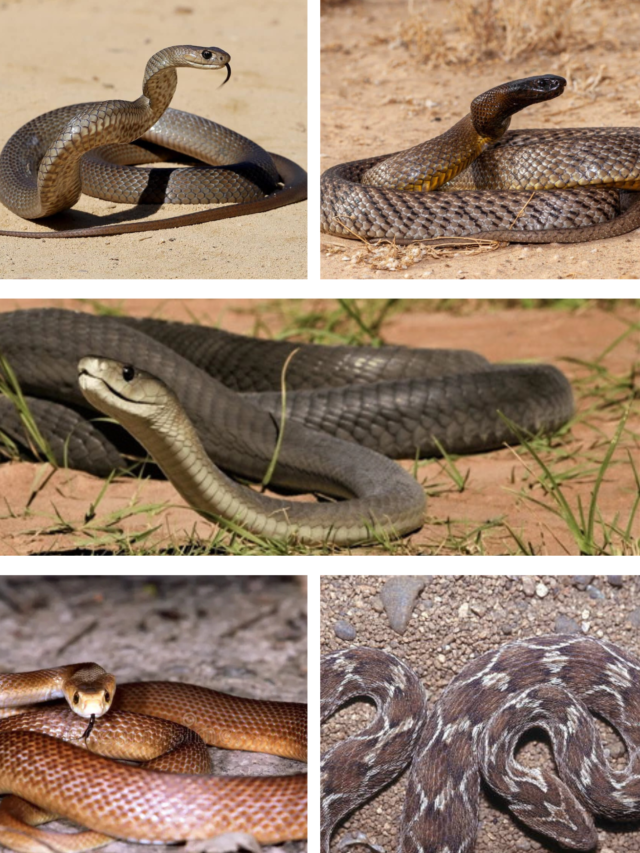When we think about rare animals, many intriguing species come to mind. However, What is the Number 1 Rarest Animal in the World? is most often claimed by the Vaquita, a small porpoise that resides in the Gulf of California. With its strikingly low population numbers, the Vaquita exemplifies the pressing issues of wildlife conservation and the impact of human activity on vulnerable species. In this article, we’ll explore what makes the Vaquita so unique, the reasons for its critically endangered status, and what can be done to protect this elusive marine mammal.
Understanding the Vaquita
The Vaquita (Phocoena sinus) is a diminutive porpoise, measuring about 4 to 5 feet long and weighing between 60 to 120 pounds. With its rounded body, dark-ringed eyes, and grayish-blue color, the Vaquita is not just a rare species but also one of the most charming creatures of the ocean. Unfortunately, its beauty is overshadowed by the dire circumstances surrounding its existence.
Native exclusively to the northern part of the Gulf of California, the Vaquita inhabits shallow coastal waters. Unlike other marine mammals that might travel vast distances, the Vaquita is somewhat of a homebody, staying close to its preferred habitat. This limited range makes it even more vulnerable to environmental changes and human activities.
The Threats to the Vaquita
So, what has led to the Vaquita’s critically endangered status? The primary threat to this species comes from illegal fishing practices, specifically the use of gillnets. These nets are intended for catching another endangered species, the totoaba fish, whose swim bladder is highly sought after in traditional Chinese medicine. Unfortunately, Vaquitas often get caught in these nets, leading to drowning and significant population declines.
Aside from gillnet fishing, other threats include habitat degradation and environmental changes. Pollution and boat traffic also play a role in the decline of this species. As the human footprint expands in the Gulf of California, the delicate balance of this ecosystem is further disrupted.
Conservation Efforts
Recognizing the plight of the Vaquita, numerous conservation groups and government agencies have taken action to try to save this species from extinction. In 2016, the Mexican government declared a zero-tolerance policy for gillnet fishing in the Vaquita’s habitat, leading to increased patrols and efforts to enforce this ban. Additionally, various NGOs have launched awareness campaigns aimed at educating the public about the Vaquita and the importance of protecting marine biodiversity.
Despite these efforts, the situation remains critical. As of recent estimates, fewer than 30 Vaquitas are believed to be left in the wild, making it a race against time to save this species. Conservationists continue to push for stronger regulations and innovative solutions, including alternative fishing methods that would not threaten the Vaquita’s survival.
The Role of Education and Awareness
Raising awareness about the plight of the Vaquita is vital for its conservation. By informing the public and garnering support for protective measures, we can create a broader movement towards marine conservation. Many organizations are using social media and public campaigns to highlight the urgency of the situation. Events, documentaries, and educational programs aim to engage people on this issue, encouraging them to contribute to conservation efforts.
Moreover, responsible tourism can play a crucial role in supporting conservation. Promoting eco-friendly travel to the region, where visitors can learn about the Vaquita and its habitat, can generate funds that help support local conservation projects while also raising awareness of the species.
The Future of the Vaquita
The future of the Vaquita is precarious, but there is still hope. With continued conservation efforts, innovative solutions to fishing practices, and global awareness, it’s possible to prevent the extinction of this remarkable porpoise. However, immediate action is crucial. The loss of the Vaquita would not only signify the disappearance of a unique species but also serve as a stark reminder of the consequences of human activity on biodiversity.
Conclusion:
In conclusion, when we ask, “ What is the Number 1 Rarest Animal in the World? ” the answer is clear: the Vaquita. As one of the most endangered marine mammals, its survival is a litmus test for our commitment to conservation. Protecting the Vaquita requires a concerted effort from governments, NGOs, and individuals alike. Through education, awareness, and sustainable practices, we can work towards ensuring that this rare creature does not fade into oblivion. The fate of the Vaquita rests in our hands, and it is our responsibility to act before it’s too late.








